#Orkneys
Text
Between crib and coffin
You must dance in a beautiful coat.
903 notes
·
View notes
Text

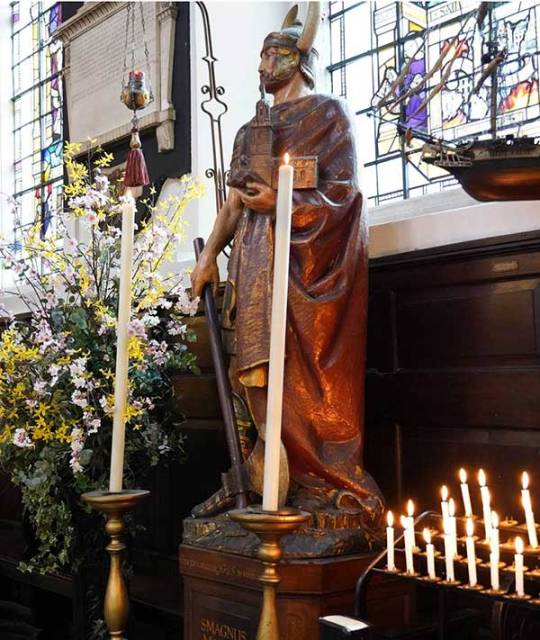


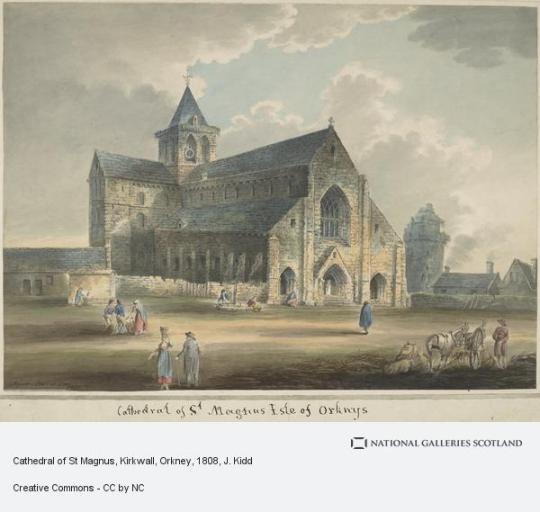
On April 16th 1117 Earl Magnus of Orkney, later St Magnus, is betayed and murdered by his cousin Håkon on the island of Egilsay in Orkney.
According to the sagas, Earl Magnus travelled to Egilsay in about 1116 to confront a rival earl, Hakon, about who should have control of Orkney. The meeting didn't go well: it ended in the murder of Magnus.
Bishop William of Orkney recognised Magnus' sanctity 20 years later, in 1136, and made him a saint. St Magnus Church was likely built soon after that, on the spot where Magnus' murder is said to have taken place.
The ruin today is, after St Magnus Cathedral in Kirkwall, the finest surviving Norse church in Scotland, testimony to the wealth and authority of Orkney's Norse rulers. It stands remarkably complete in three parts: a chancel to the east, a central nave & the distinctive round tower to the west
The tower was originally at least 4m taller than it is today, and comprised five floors. Its design has architectural parallels in north Germany and around the North Sea, demonstrating the far-flung contacts of the Orkney earldom.
The church's chancel housed the altar. Above the altar was a room that probably served as a treasury and sacristy. The nave, where islanders and pilgrims stood or knelt during services, was covered by a high-pitched roof.
13 notes
·
View notes
Text
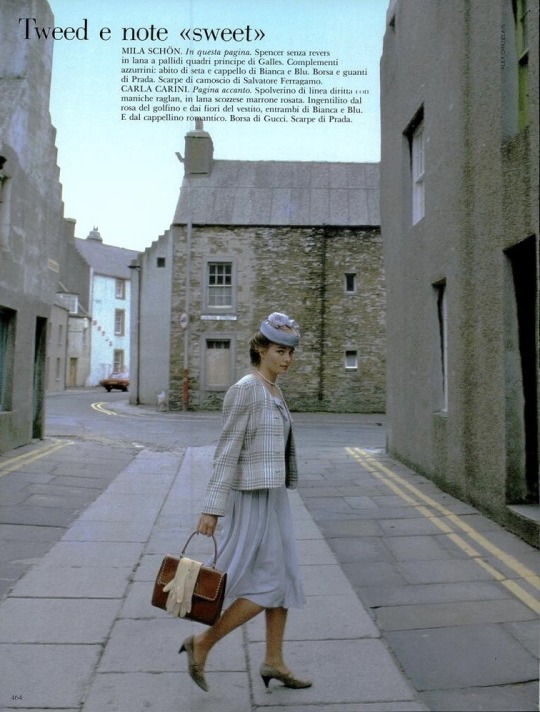

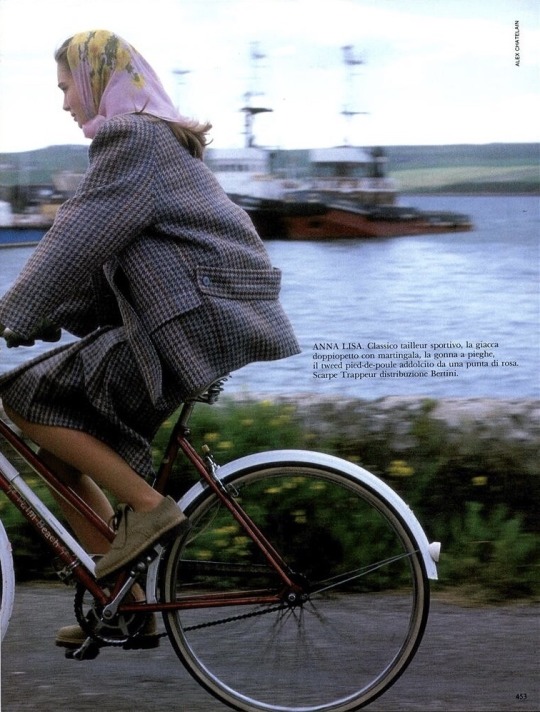




Vogue Italia, September 1987.
Photographed by Alex Chatelain in Kirkwall, Scotland.
Model: Sophie Matheisen.
#sophie matheisen#alex chatelain#1987#1980s#fashion photography#kirkwall#scotland#orkney#orkneys#orcadian
50 notes
·
View notes
Text
i think gawain killed 4-5 saxon kings on his own.
the cousins just defeated an entire coalition on their own
holyfck
arthur needs merlin magic powers meanwhile his cousins are just. cutting and hacking away entire armies of saxons
i dont know what to think
4 notes
·
View notes
Text

consistently overestimating the general public’s level of arthurian understanding.
#arthurian legend#arthurian legends#Arthuriana#knights of the round table#sir lancelot#sir lancelot du lac#sir lancelot of the lake#sir gawain#sir gawain of orkney#sir perceval#sir percival#sir galahad#lancelot#gawain#perceval#percival#galahad#meme#my post
3K notes
·
View notes
Photo

Had I the heavens' embroidered cloths, Enwrought with golden and silver light, The blue and the dim and the dark cloths Of night and light and the half light, I would spread the cloths under your feet: But I, being poor, have only my dreams; I have spread my dreams under your feet; Tread softly because you tread on my dreams. WB Yeats #wbyeats #orkney #orkneyislands #orkneys #visitorkney #orkneyisles #churchillbarriers #carphotography #sunset #twilightsky #twilight #sky #evening #holidays #holiday #poetry #poem #scenery #scottish #scotland #scotlandphotography #scotlandexplore (at Churchill Barriers) https://www.instagram.com/p/Cd1ql6lNCaX/?igshid=NGJjMDIxMWI=
#wbyeats#orkney#orkneyislands#orkneys#visitorkney#orkneyisles#churchillbarriers#carphotography#sunset#twilightsky#twilight#sky#evening#holidays#holiday#poetry#poem#scenery#scottish#scotland#scotlandphotography#scotlandexplore
1 note
·
View note
Text
#arthurian legend#arthuriana#arthurian mythology#arthurian characters#tag game#king arthur#queen guinevere#lancelot du lac#knights of the round table#sir gawain#sir mordred#sir kay#sir percival#sir bedivere#sir yvain#orkney brothers#agravaine#sir gareth#sir gaheris#galahad#forgot about golden boy for a sec oops#morgan le fay#ragnelle#lynette#lynette and lyonesse#sir morien#sagramore#sir palamedes#lady of the lake#king pellinore
228 notes
·
View notes
Text


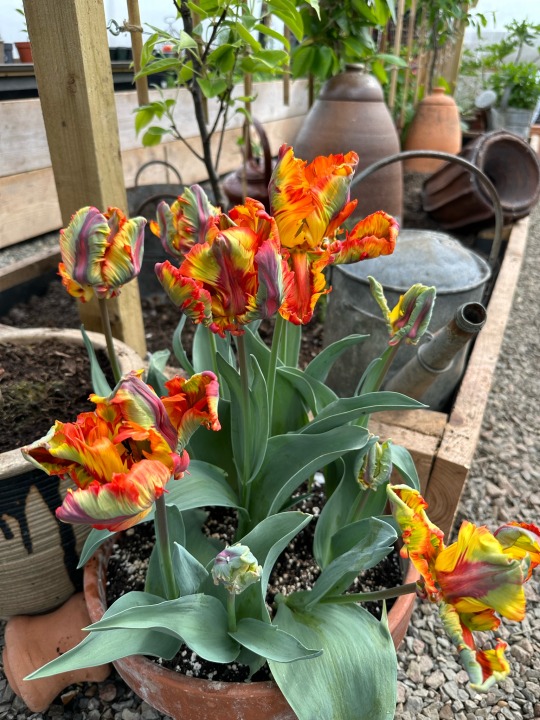
Plant of the Day
Thursday 18 April 2024
In the shelter of a Polycrub I really enjoy growing tulips as a cut flower. The star at the moment is Tulipa 'Rasta Parrot' (tulip) which provides an explosion of colour with twisted, curling petals, of irregular shape and in unusual patterns.
Jill Raggett
#Tulipa#tulip#tulips#cut flower#bulbs#orange flowers#parrot tulip#plants#horticulture#polycrub#garden#orkney#container
200 notes
·
View notes
Note
Orkney family board game night

Gaheris, Agravaine, Mordred, Gawain... and Gareth sorry it's a game for four people . @moirailsupport
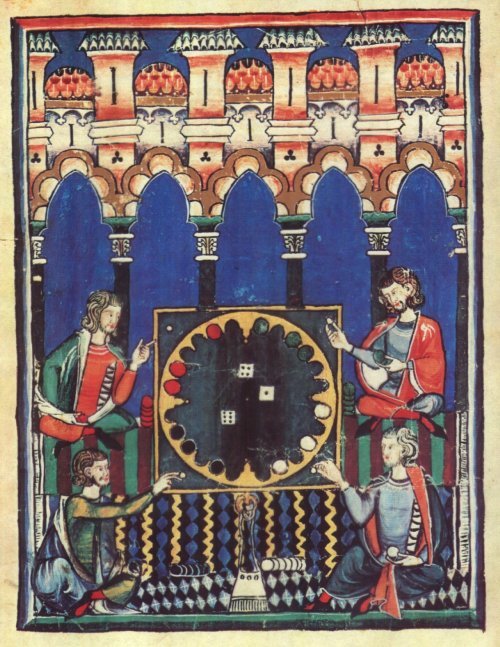
This is the board of tables of the four seasons, called the world, which begins like this. (From The Libro de los Juegos, 1283) X X
#arthuriana#gawain#orkney bros#arthurian legends#mordred#agravaine#gareth#gaheris#medieval games#hope you like it!<3
337 notes
·
View notes
Text
This is true. Not wisdom or wealth can redeem
The green coat, childhood...
In the white theatre, autumn by autumn
A masquer takes needles to a torn coat
And the the man must go out again
Into deepening winter.
There is no skill or enchantment
To make the old coat green.
There can be at best, now
A flung or fated pattern of patches.
Stars pierce like nails, after harvest.
Near a hallowed stone
The sparrow also builds her nest
Introibo ad altare Dei
Who giveth joy to my youth.
From 'An Old Man in July' by George Mackay Brown
22 notes
·
View notes
Text
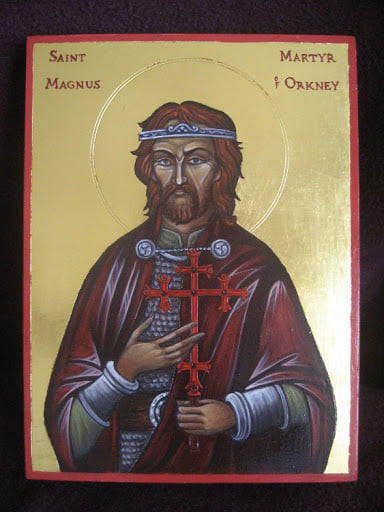


On April 16th 1117 Earl Magnus of Orkney, later St Magnus, is betayed and murdered by his cousin Håkon on the island of Egilsay in Orkney.
This is a great wee story, most of it gleaned from OrkneyJar, dates differ on other sites and I will post a link at the end going through the alternatives.
Orkney was ruled for most of its history by Norway. It occupied a crucial position off the north coast of Scotland for the Norwegian ships that harried England, Ireland and Wales and indeed Scotland, from the 9th to the 12th Centuries.
Hakon and Magnus grew up in Orkney. Their fathers, brothers Paul and Erlend, were joint Earls of Orkney: each ruling half of the islands. It was a period of peace and prosperity. Hakon developed into a proud fighter and warrior. Magnus preferred books to fighting and turned to the church for his strength.
Upon the death of their fathers, the Earldom passed to Sigurd, the son of King Magnus of Norway. During this time Hakon accompanied the King on various expeditions down the west coast of of the British Isles and lived up to his reputation as a fierce and fearless warrior.
Magnus joined the king on one expedition – a raiding expedition down the west coast of Scotland, travelling as far south as Angelsey. He refused to fight against English noblemen with whom he said he had no quarrel. (Some version say they were Welsh)
Rather than join battle, he sang psalms and prayed. He was no coward, but did not believe in fighting for its own sake. The king’s wrath was incurred so Magnus escaped from the King’s ship one night and swam to shore of Scotland where he had to disappear for several years until the old King was dead.
When the old king died, Sigurd succeeded to the Norwegian throne and Hakon was given the Earldom of Orkney.
Hakon ruled alone for a while, until Magnus arrived from Scotland and claimed possession of his patrimony, with the blessing of the new King. Hakon initially refused to give up any of Orkney, but as the local noblemen wouldn’t fight Magnus, he had to cede half of the islands. They ruled as their fathers had done.
Hakon and Magnus ruled Orkney in harmony for seven years; defending their Earldom from invaders and marauders with success. They appeared to have had a good understanding and Orkney flourished under their joint rule.
It seems that Magnus was the more popular of the cousins. The Orkneyinga Saga tells of a blameless life, a wise man, eloquent, strong-minded, magnanimous, and more beloved than any other man. He was generous to the deserving but severe with robbers and raiders. He punished rich and poor impartially for wrong-doing. His justice was fair and consistent. To cap it all, he was God-fearing. He married a Scots girl and lived with her for ten years without touching her, to honour a bond between him and God. When he was tempted to break his bond, he plunged into a tub of freezing water and prayed for divine guidance.
Hakon became increasingly jealous of Magnus’ popularity, fuelled at least in part by men of evil dispositions, Sigurd and Sighwat Sokki, who spread inflammatory rumours in the courts of both Earls. It resulted in Hakon and Magnus both taking troops to the regular meeting of Orkney noblemen on the Mainland. Battle was only averted by the intervention of noblemen who, as friends of both earls, managed to broker a truce.
To seal the bond of their reconciliation and continued cooperation, Hakon and Magnus arranged to meet on the island of Egilsay. They agreed to take only two ships each and few men. Magnus stuck to this arrangement and was on the island, praying, when Hakon arrived with eight ships and men armed to the teeth. His intent was clear.
It is recorded that Magnus had no concern for his own life, but wanted to save his cousin from the consequences of a shocking crime. He offered to leave on pilgrimage, never to return to Orkney. Hakon refused. He offered to submit to imprisonment in Scotland. Hakon refused. Finally he said “Let me be maimed as you like, or deprived of my eyes, and throw me into a dark dungeon”. Hakon was set to accept this offer, but his noblemen objected, saying that one or other of the Earls had to die that day. Hakon replied he would rather rule than die. Magnus’ fate was sealed.
In one more twist to the story, Hakon ordered his standard bearer to kill Magnus. He refused, knowing that the killer of such a popular man would be an outcast in Orkney. It was to his cook, Lifolf, that Hakon turned, knowing that he would not dare refuse the order. As Lifolf wept, Magnus prayed for him, forgave him, then prayed for the souls of his enemies, Earl Hakon included. Lifolf took up his axe and brought it down on Magnus’ forehead.
The place where Earl Magnus was slain had been rocks and moss, but after his death, grass grew strongly, indicating to the saga-writer that it was the death of a holy and righteous man. Hakon permitted the body to be buried in the church on the Brough of Birsay, which had been built by their Grandfather, Thorfinn. Soon after the burial a holy light was seen above the church and the sick were cured when they prayed at the grave. Pilgrimages started from all over Orkney.
Earl Hakon took over the rule of all of Orkney and extracted huge fines from those who had been loyal to Magnus. After a while, he made a pilgrimage to Rome and perhaps he saw the error of his ways, because against all the odds, he returned to Orkney to become a just and popular ruler, much lamented when he died, many years later.
The cult of Magnus spread well beyond Orkney’s shores. He died on April 16th 1117 and that day is kept as the day of his martyrdom. In the 12th Century saints could be chosen by popular acclaim; the canonisation process did not need a process at Rome. By 1136 he was a saint, authorised by the Bishop of Orkney. In 1137 the building of St Magnus Cathedral, which stands in the centre of Kirkwall today, was started by Earl Rognvald, Magnus’ nephew. It was erected with the express purpose of receiving the relics of St Magnus, which were transferred there when it was ready for use.
There was no firm evidence that the bones of St Magnus really did reside in St Magnus Cathedral until 1919, when extensive cathedral renovation was going on. Some loose stones were removed from a pillar, with the intention of re-mortaring them. Within a cavity behind these stones there was a box containing most of a human skeleton. The state of the skull conformed with the story in the sagas about St Magnus’ death wound to the head. St Magnus’ relics had been found. They were replaced and the stones fixed back in place.
A couple of links here the first is regarding a reconstruction of his face, fascinating stuff! http://www.bbc.co.uk/…/uk-scotland-north-east-orkney-shetla…
The second link explains the dates of his murderhttp://www.orkneyjar.com/history/stmagnus/magnus6.htm
46 notes
·
View notes
Text

So come and hear of a Christmas game /
How the emerald night begins again /
How I risked my life to make my name...
[a gawain for @mortiscausa's 'march to camelot,' for the prompt 'quest']
#em draws stuff#march to camelot#arthurian things#arthuriana#gawain#look you gave me a red and green palette how was I supposed to NOT gawain that.#AND ALSO it is sorta a photo study of a couple of places in orkney that I took photos of in the summer#not exactly any of them because I was just gremlinously snatching up compositional elements >:)#I also wanted to do something vaguely sutcliff-y and this felt good felt right#caption lyrics are from the trials of cato's 'gawain' because again how was I supposed to not gawain that
114 notes
·
View notes
Text
Scotland’s Orkney Islands are home to an astonishing number of neolithic sites. From the settlement of Skara Brae to the Broch of Gurness, the islands are full of mysteries.
183 notes
·
View notes
Text
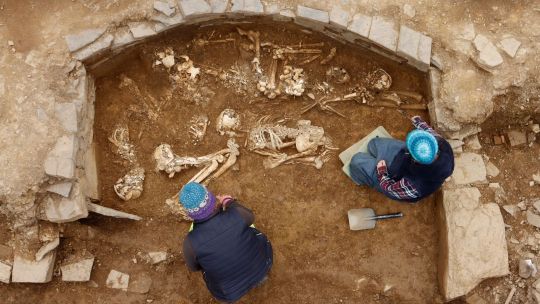
'Incredibly Rare' 5,000-Year-Old Tomb Discovered in Orkney, Scotland
A three-week excavation took place at the Neolithic site at Holm.
Archaeologists have discovered the ruins of an "incredibly rare" 5,000-year-old tomb in Orkney.
Fourteen articulated skeletons of men, women and children were unearthed at the Neolithic site at Holm on the mainland.
Experts from National Museums Scotland (NMS) and Cardiff University also uncovered additional human bones following a search for the tomb's precise location.
Volunteers and students from the University of Central Lancashire made other discoveries during the three-week excavation, including finding further remains, pottery, stone tools and a bone pin.
NMS said the Neolithic site had been buried beneath a pasture field after it had been largely destroyed without record in the late 18th or early 19th century to supply building stone for a nearby farmhouse.
In 1896, the farmer's son found eight skeletons at the site alongside traces of walling, a stone macehead and ball.

The Orcadian's report on the discovery featured local antiquary James Walls Cursiter, who speculated that the site was a ruined tomb - which prompted the location of the 2023 search.
The excavation was led by Dr Hugo Anderson-Whymark, of NMS, and Professor Vicki Cummings, of Cardiff University.
It targeted anomalies recorded via a geophysical survey undertaken in 2021.
It revealed traces of a cairn more than 15m in diameter, which contained a stone structure accessed through a 7m-long passage.
The archaeologists said a stone chamber lay at the centre of the cairn, and this was surrounded by six smaller side cells that once had corbelled stone roofs.
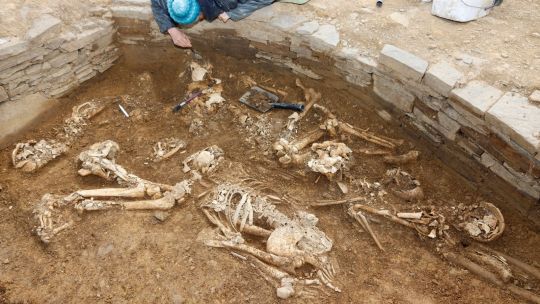
These features allow the tomb to be classed as a "Maes Howe-type" passage grave.
Only 12 tombs of this type are known in Orkney - including Maes Howe, Cuween and Quoyness - and are considered the "pinnacle of Neolithic engineering" in northern Britain.
Dr Anderson-Whymark said: "Orkney is exceptionally rich in archaeology, but we never expected to find a tomb of this size in a such a small-scale excavation.
"It's incredible to think this once impressive monument was nearly lost without record, but fortunately just enough stonework has survived for us to be able understand the size, form and construction of this tomb."


Professor Cummings added: "The preservation of so many human remains in one part of the monument is amazing, especially since the stone has been mostly robbed for building material.
"It is incredibly rare to find these tomb deposits, even in well-preserved chambered tombs, and these remains will enable new insights into all aspects of these peoples' lives."
By Jenness Mitchell.

#'Incredibly Rare' 5000-Year-Old Tomb Discovered in Orkney Scotland#ancient tomb#ancient grave#ancient artifacts#archeology#archeolgst#history#history news#ancient history#ancient culture#ancient civilizations
195 notes
·
View notes
Text

#fairy knight gawain#sfw#does gawain say it or is it cause of gawain - cause gawain is from orkney so he would have a scottish accent right?#fate grand order
92 notes
·
View notes
Text
PSA: MORDRED IS THE TALLEST
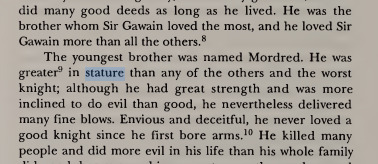
#mordred#orkney brothers#lancelot grail#gawain#arthuriana#arthurian legend#arthurian legends#arthurian mythology#it probably goes in descending order#the oldest is the shortest#the youngest is the tallest
89 notes
·
View notes